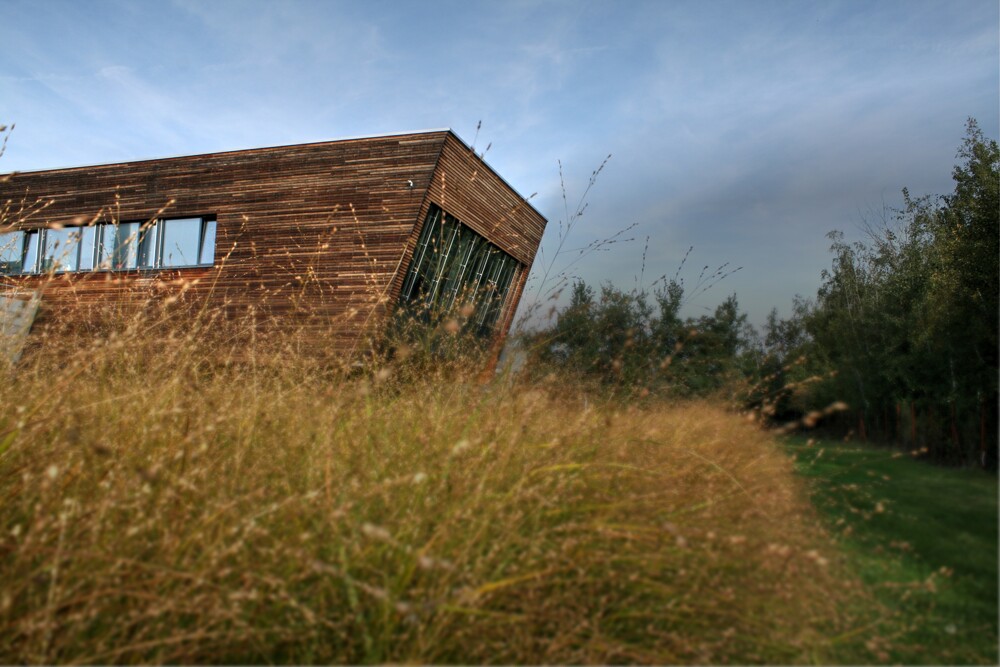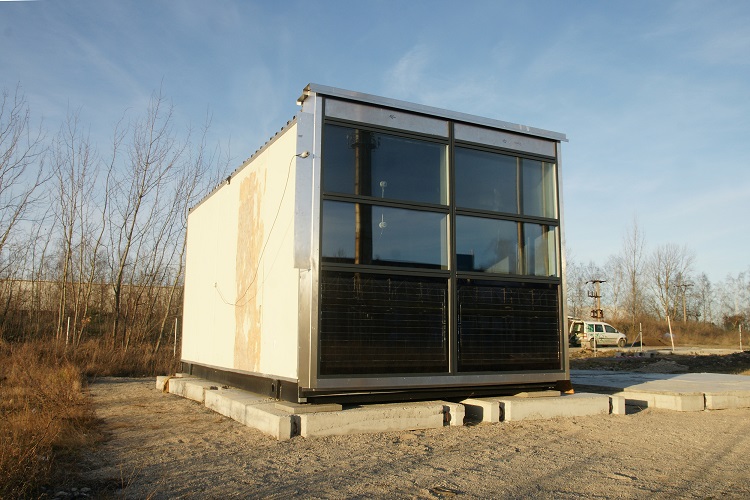
Registration number: TA04021195
Funding Agency:
TA CR - ALFA Program
Principal Investigator: doc. Ing. Tomáš Matuska, Ph.D.
Start: 01. 01. 2015
End: 31. 12. 2017
Partners: Skanska, a.s

Project Objectives
The goal of the project solution was to develop, test and prepare for series production two innovative elements of the energetically active light outer shell (LOP) of buildings. The LOP facade module with a hybrid photovoltaic-thermal (FVT) collector is intended for local combined energy production (electricity, heat). The LOP facade module with an optically selective reflective grid is intended to be used for the purposes of diffuse lighting, passive solar gains in the winter and reflection of solar radiation in the summer to eliminate the thermal load of the interior (overall to reduce energy consumption for heating and cooling, reduction of lighting consumption). The energy elements are designed as part of the standardized prefabricated construction system of the industrial participant of the project.
Description of solution:
In the first year project, the concept of a glazed FVT collector and the possibility of its integration into the LOP was proposed. The integration concept is protected by a utility model. At the same time, a mathematical model was developed for modeling the benefits of the glazed FVT collector. The optical properties of two types of optical grids (asymmetric, symmetric) were theoretically described.
Ve second year of the project, a hybrid FVT collector built into a light outer casing was created and tested in the UCEEB Solar Laboratory of CTU for validation of the mathematical model. The optical grids embedded in the triple glass were tested in detail on a specially constructed measuring track and the alt-azimuthal characteristics of the solar transmittance were determined. At the same time, fire resistance and air sound insulation were determined for selected samples of triple glazing with grids. In the last year prototypes of facade modules integrating both elements were produced for the project. The prototypes were installed on an experimental outdoor test cell. Both the benefits (electricity, heat) of two types of FVT collectors (selective, non-selective) and the seasonal throughput of two types of grids are monitored. Long-term monitoring showed a clear advantage of the symmetrical grid and the selective FVT collector.
The project was implemented with the support of the Technology Agency of the Czech Republic, Alfa program.